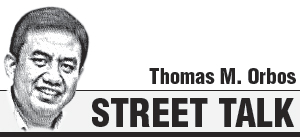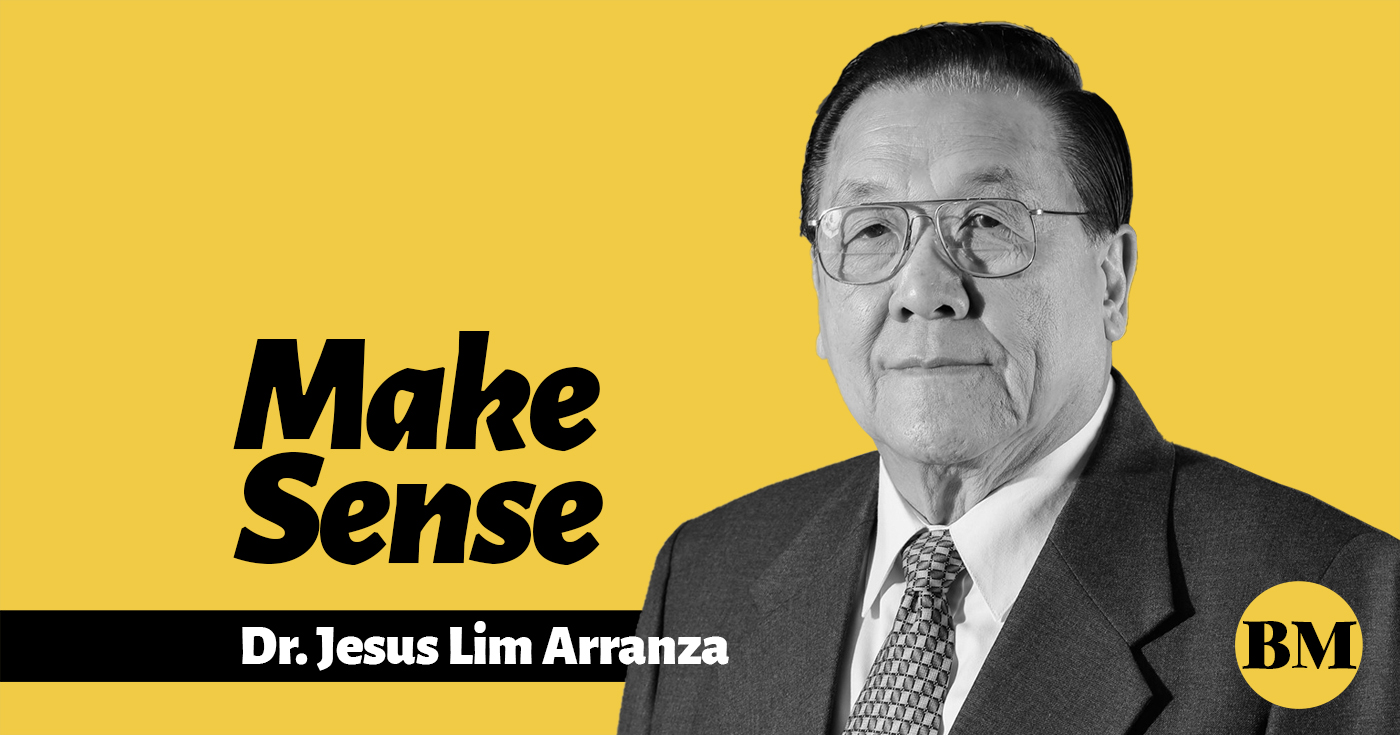
While everyone’s focus has been on jeepney modernization—understandable because of its importance and significance, another mode of transport is undergoing the same and needed transformation, but in a more subdued manner. I am talking about the buses.
Next to the jeepneys, the bus is a major mode of Filipino public transport, providing long-haul carriage even from Manila to points in Mindanao; and major city corridors, such as Edsa and Commonwealth Avenue. And just like the jeepneys, the Filipinos have their own love/hate relationship with their buses. We all have our good and bad stories to tell. A lot of the good stories are nostalgic trips down memory lane, maybe as a young child with your parents on the way to Cubao or that midnight bus stopover for the needed coffee and restroom break on your way to Baguio. The unpleasant side is almost always something current—the bus that suddenly swerved in your lane in Edsa, or that crazy speeding driver along Commonwealth Avenue where you are almost certain you can hear passengers screaming out of fear.
In the hierarchy of mobility, buses are closely on a par with rails and come right after human powered mobility, such as walking and bicycle usage. Buses definitely are a notch higher than private vehicles, simply because they carry more passengers, yet occupying less road footprint. One-hundred commuters, can easily be transported by a single bus, rather than 100 single occupant cars. This is one of the simple reasons why Edsa is congested.
In recent years, bus transport, as a people-carrier, had been more emphasized with the evolution of BRTs, or Bus Rapid Transit, combining the principle of rail with the use of buses as coaches. Popularized in Columbia, South America, BRTs now compete with rails as transport solutions in major cities globally. BRTs, while less “sexy” than rails, are cheaper and faster to build; carry as many passengers, and can be modified without much cost.
There are five critical areas for bus reform—vehicle specifications, route rationalization, consolidation—especially in city operations, its operating protocol and terminal area operations. Vehicle specifications include migration to Euro 4 or higher engine types with the rest of the new specifications depending on usage. City buses are ideally longer, low entry/floor buses, with two doors providing easier passenger ingress/egress and carry more passengers. Provincial buses carry less passengers with in-steps accounting for the needed cargo space beneath. The fact that most of our current city buses are actually for provincial use contribute to the traffic as it carries less passengers and takes longer ingress/egress time. With regards to route rationalization of the DOTr, bus routes will be updated and will pursue intermodal usage to sufficiently address passenger demand, safety and convenience. With this, accurate organized bus scheduling can then be applied. Consolidation of operations is also needed, defining the number of operators in a particular route to make operations more efficient. Edsa, for one, has currently more than 100 operators. Consolidating them to a single operation or a consortium would make operations more viable and the quality of service better. Consortium would also eradicate the leasing model and provide ample benefit and salaries to the drivers, thus stopping the present competition for passengers and put the needed order among bus drivers. And finally, its area of terminal operations, despite the objections of some, need to be organized and located in areas that cause less congestion. They definitely need to be taken out of major thoroughfares and centralized with intermodal transport access.
We have seen and have envied bus operations in other countries. We need not feel bad. All these countries—Korea, Singapore, Japan, etc., went through this process of modernizing their buses. They had the same problems that we are now facing as well as the solutions we are now taking.
It won’t be long that bus transport in the Philippines will not just be a necessity but a pleasant riding experience, decongesting traffic and reducing carbon emissions in our cities.
Thomas “Tim” Orbos was former DOTr undersecretary for roads and general manager of the MMDA. He is currently undertaking further studies at the McCourt School of Public Policy of Georgetown University. He can be reached via e-mail at thomas_orbos@sloan.mit.edu

























